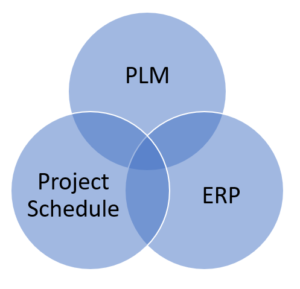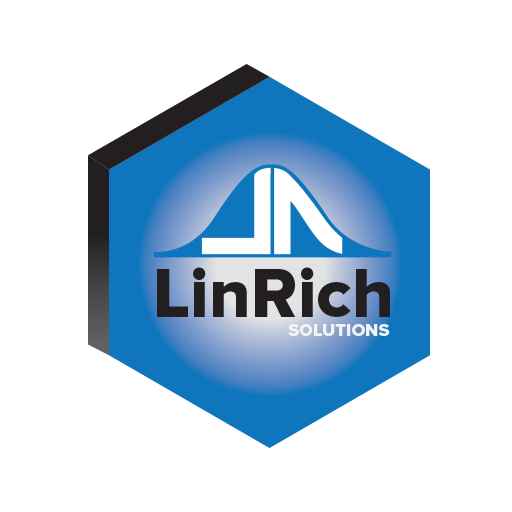
Pixabay
A few weeks ago I started the “Assess Your Schedule” series in response to a client who asked me what things I look for when I see a schedule for the first time.
This week, for my final post in this series I’m going to talk about cost. Sorry, this is more of a stream of consciousness …
Most schedules I see don’t address cost. This is a red flag for me because my experience tells me that the project will be fraught with risk when costs are ignored in the schedule. Organizational project maturity aside, I think there are a few key reasons why schedules don’t include costs:
- Most schedules are lacking in detail: they lack the right amount of activities (based on a good WBS) to define the actual work that will be done.
- Further amplifying the problem, the resources to do the work are rarely identified by name.
- Creating and maintaining a cost model requires 1 and 2 to be right, plus even more data and effort.
- It’s assumed that the costs are already being accurately captured by the company’s ERP system.
Is your project adding to or detracting from your company’s bottom line? How do you know unless you’re planning for and tracking costs related to your project? Unless you’re doing something regulatory, projects should be helping your company enjoy a return greater than its cost of capital.
With OEMs and drilling contractors, organizational costs get tracked in the ERP system. ERP is great at tracking things like inventory, COGS and direct costs. Not so good at justifying indirect charges and telling you whether or not they’re valid project costs.
Tip #5: If you want to significantly reduce project risk, your schedule needs to include costs.
Never assume your project is helping your company’s bottom line. You won’t know for sure unless you plan for and track all costs associated with your project. Company’s tend to be shocked when they discover a project’s true cost.
Think of your schedule as a way to pull all of your business systems together, particularly ERP and PLM, which is necessary in order to understand a project’s true cost in manufacturing environments (but some of this can apply in any organization). The detailed planning you do for the project schedule will define what happens for the organization as well as within the various business systems (i.e. ERP, PLM, etc.).

Your schedule should be the nexus between your project and the various business systems
This is a huge topic that I’m grossly simplifying to keep it brief. I want to focus mostly on indirect work as that’s where a lot of risk is hidden.
Engineering is mostly indirect work in a manufacturing environment. I’ve found it to be the biggest culprit behind wild project cost swings when left to its own devices. Many other indirect costs (shipping/receiving, QA/QC, etc) may or may not be baked into another shop or labor rate, but engineering will typically have its own rate(s). Use the correct engineering rate for each engineering resource you assign in your schedule. Same rule applies for other indirect resources. Use this detailed planning to help engineering identify the deliverables they’ll be working on in the PLM system, which will in turn tell manufacturing when to expect bills of material, etc. in ERP.
For mature product lines, direct costs are easier to plan for since they’re a function of past bills of material, work orders and other historical data. Where it gets tricky is on new product development work, in which case, detailed planning with your experts needs to be done for all phases of the product’s life cycle up front. Other than for budgeting purposes, you probably don’t need to identify and track material costs within your schedule (that’s what ERP is for) but you want to compare the actuals with the schedule budget.
Create a hybrid project cost accounting system that integrates your schedule with ERP data. All you need is your brain, a good manufacturing accountant to assist you, and an IT person to help generate any reports (there will be customization). Focus on using the schedule for planning labor costs and then tracking the actuals during execution as deliverables are created in PLM, and use ERP to help with planning and tracking the labor and material costs during procurement, assembly and test (expect and account for some engineering labor during assembly and test). Watch your cost accounts like a hawk, only you will know what are valid charges and accounting will rely on you to be the expert. And only you will be able to manage the contingency buckets. Word of caution: ERP systems aren’t always the panacea. Several years ago, one of my PMs had to build and maintain a 14,000+ line schedule (plus all the pertinent fields) to work around ERP because some of its modules were not fully functional at the time … it was a beast of a schedule.
This concludes my Assess Your Schedule series. If nothing else, I hope this post gets you thinking about schedule cost and all the various business systems at your disposal to help your next project be more profitable, predictable and less risky.


